Nioh 2 is, in many ways, precisely what fans of the original wanted. It’s more complex with technically challenging combat and insane boss fights, weapons and skills are more varied, and there are plenty of new ways to build an overpowered character in the endgame.
Team Ninja has imbued their follow-up to Nioh with new weapons and boss mechanics, an overhauled skill system designed to give players more control over where and how they massacre the game’s hordes of demons, and a more robust and interesting story campaign, which leaves behind one of the most generic stories and main characters in modern memory.
There are a few gripes critics of the series are sure to latch onto, of course. The level design is still somewhat uninspired. Boss and enemy variety is lacking in a lot of places, and the need for constant inventory management hasn’t gone anywhere.
But Nioh 2 improves on the original in every way that matters.
Nioh 2 Review: Embrace Your Inner Demon
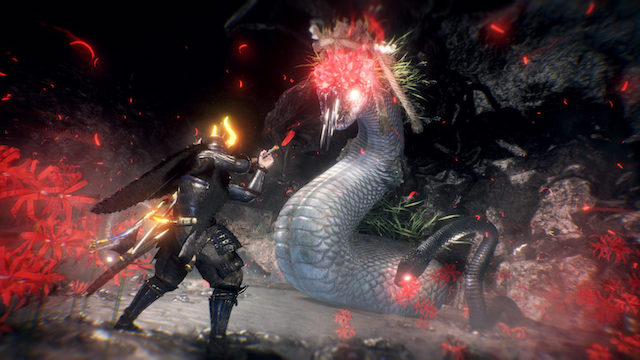
In short, Souls games wish they had combat this good.
Souls and Souls-like games that aren’t Nioh have serviceable combat, sometimes even great combat. None of them come close to what Team Ninja’s masterpieces have to offer.
The technical complexity of even one weapon group puts entire games to shame, and with impressive build variety to back it up, no one player will have the same experience as another.
Even if two people create the same character — a shuriken-centric ninjutsu build, for instance — their playstyle and how they approach their skills are likely to be entirely different.
That could be said of two straight sword users in Dark Souls 3, but only to a certain degree. The only differentiating factor to weaponry in a classic Souls game is the character’s stats and upgrade level of the sword itself. In Nioh 2, no two weapons are even remotely alike, even within the same class. There are too many perks, abilities, and damage modifiers to count.
Moment to moment combat is also on an entirely different level. Thanks to three separate stances, each with their own movesets and active and passive skills keyed to those stances, players have the freedom to devise unique combo strings and playstyles. You’ll spend time learning which weapon best suits how you want to approach the game, and which work best against which enemies.
The game also rewards mastery, both in the player and in the mechanics. The more familiar you grow with a certain weapon or pair of weapons, the more skills you unlock for it, and the more familiar you become with its moves and utility. Even the humble katana demands a lot from the player and incentivizes putting time into learning its ins and outs.
On their own, the weapons and skills in Nioh 2 would be enough for almost any developer. For this sequel, Team Ninja went even farther, adding in a whole subset of abilities keyed to a mechanic known as “yokai shift.” The main character is a half-demon, and as such, has access to demonic powers and skills that up the combat complexity even further.
At its simplest, yokai shift allows the player to parry what Nioh 2 calls a burst attack, a powerful move enemies use when wreathed in a red and black aura. There are three shift types available: Feral, Phantom, and Brute. The parry type is dependant on which type of yokai shift you have equipped, and there is some minor utility unique to each of them.
The kicker is in the new “Soul Core” mechanic. Each yokai enemy can drop a soul core unique to them, and like the standard weapons, each soul core has unique buffs and benefits you won’t find on others. Soul cores also enable players to use yokai abilities at the cost of anima, a new energy bar.
It’s a lot, I know, and you’ll need to master all of it if you want to make it out alive. Not that you will.
Nioh 2 is even more unforgiving than its predecessor, and a single mistake will send you back to the shrine, the series’s version of the bonfire. Luckily for you, even the safety of the shrine offers plenty to do, and most of it revolves around loot.
A Million and One Weapons
The Nioh series takes more than a few cues from Borderlands in its reward systems. There are (initially) four rarity levels, and the rarer an item, the more abilities and perks it will provide.
Equipment is similarly subdivided between three separate types: weapons, armor, and accessories. Weapon abilities are primarily damage based, or at least provide benefits that enable you to deal more damage.
There are five armor slots — head, chest, arms, legs, feet — and each of them comes with their selection of possible abilities. Accessories usually come with more passive upgrades, usually geared toward survival or discovery.
You’ll spend a good portion of your time out of combat sorting through the torrent of loot the game showers you with, and to be honest, most of it’s worthless.
That’s where the Borderlands comparison comes in, for good and for ill. Nioh 2‘s pacing is usually pretty good, moving you from one arena to the next with just enough time in between to breathe.
If you find yourself inundated with garbage weapons and armor, though, there’s a real incentive to get rid of most of it, if only for your sanity. You can do this either at a shrine or at the blacksmith for upgrade materials, experience, or money. The problem comes when you find a piece of gear you like, only to see it buried in a mound of useless trash.
Nioh 2 is ostensibly a game about fast, satisfying combat. Spending hours managing a menu screen is the last thing you should have to worry about, but because of the loot system, it’s an unfortunate necessity.
Some players enjoy the number-crunchy parts of a game like this, as you can’t make some of the most powerful builds without spending a lot of time farming and digging through your inventory. I’ve no doubt, however, that an equal number are turned off by it.
A Story to Kill For
Nioh wasn’t really about the story, even though it uses Japan’s Warring States period as a solid, compelling backdrop. The first game suffered greatly from its reliance on a bland main character who, for whatever reason, grew to be a demigod in the course of just a few years.
Nioh 2 puts William on the backburner and puts players in control of a silent protagonist native to the country. Their extraordinary abilities make more sense, too, because they’re half-demon, and they have the potential to grow far more than a spirit-guided human. Time flows differently in the sequel as well, as events begin long before Willian ever sets foot on Japanese soil.
Nioh 2 is the story of Oda Nobunaga and Toyotomi Hideyoshi, their rise to power and eventual fall from grace. It’s also a bit of historical revisionism, as there are plenty of shadowy characters working behind the scenes to influence historical events.
The story itself is relatively straightforward, though many players not familiar with Japanese history will likely be confused as to who is doing what, why, and for what reasons. The “proper noun” problem is present, as the game throws a lot of names, terms, and jargon at players and expects them to just follow along. Add to that a heavy reliance on written journal entries to fill in the gaps, and those attempting to dig into the lore of Nioh 2 will have a lot of reading to do.
All that said, despite the silent protagonist, I found myself far more invested in the story this time around. The characters are much more nuanced, the events that shape them more understandable, and the situations they find themselves in more relatable.
The themes are easier to understand this time around, as well. Friendship, loyalty, death, and determination despite the odds are core to the storytelling in Nioh 2, as well as the ideas of sacrifice and pride. The question the game ultimately asks is, “What price are you willing to pay for your ideals?” and though it offers no concrete answer, it nonetheless puts players in a position to think about what that question means.
Nioh 2 Review — The Bottom Line
Pros
- An evolution on an already impressive combat system
- Greatly improved story
- More build variety and ability to show off your skills as a player
Cons
- Endless loot grind is no different from the first game
- Enemy and location variety is lacking
- Flat and uninteresting level design
Nioh 2 is essentially more Nioh, but better. Fans of the series will find plenty to enjoy here, and newcomers won’t feel like they had to play the first game to appreciate what it has to offer.
I was impressed by the improvements to the story and Team Ninja’s commitment to maintaining what worked in the first game and building on what didn’t. I should mention that the music is as good as it was in the first game, and I know I enjoyed the boss fights more as well, even if some did drive me up the wall.
Enemy and level reuse was a small problem, with inventory management and loot amount returning gremlins, but, for me at least, they weren’t dealbreakers. Nioh 2‘s strength will always be in its combat and how each new encounter tests a player’s skill. In that, at least, there is consistency.
[Note: This review is based on a retail copy of Nioh 2 that the reviewer purchased.]

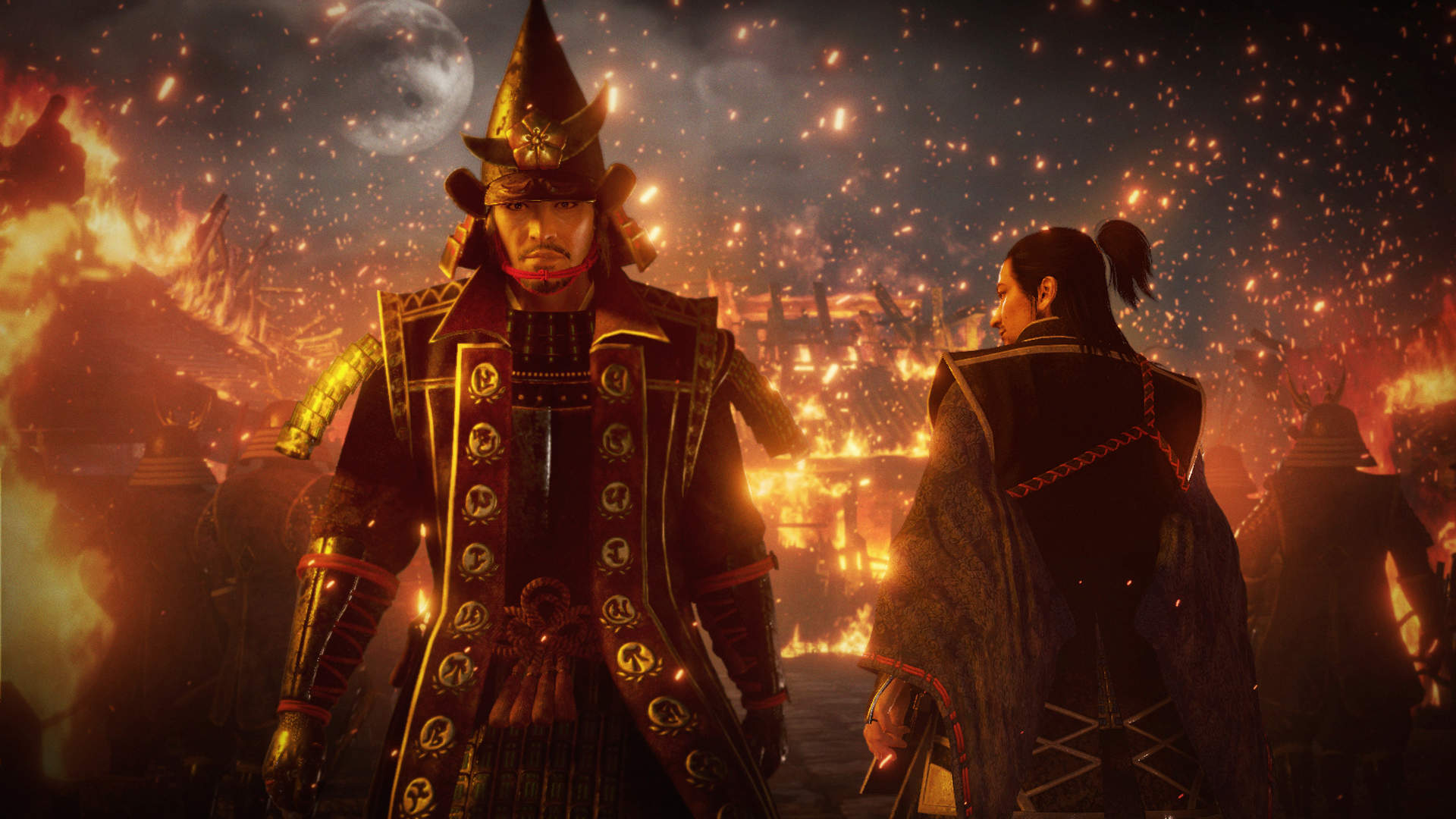
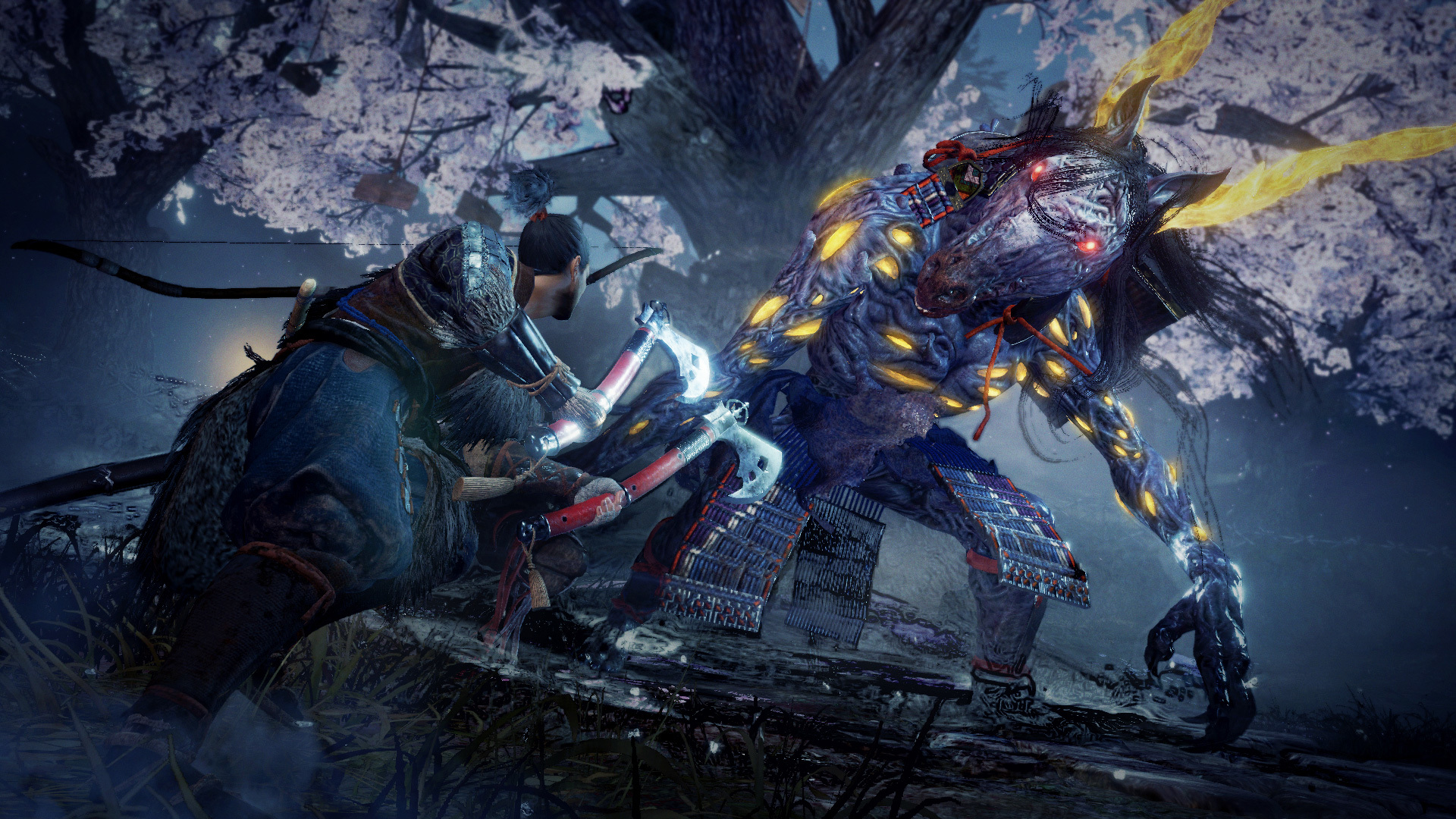
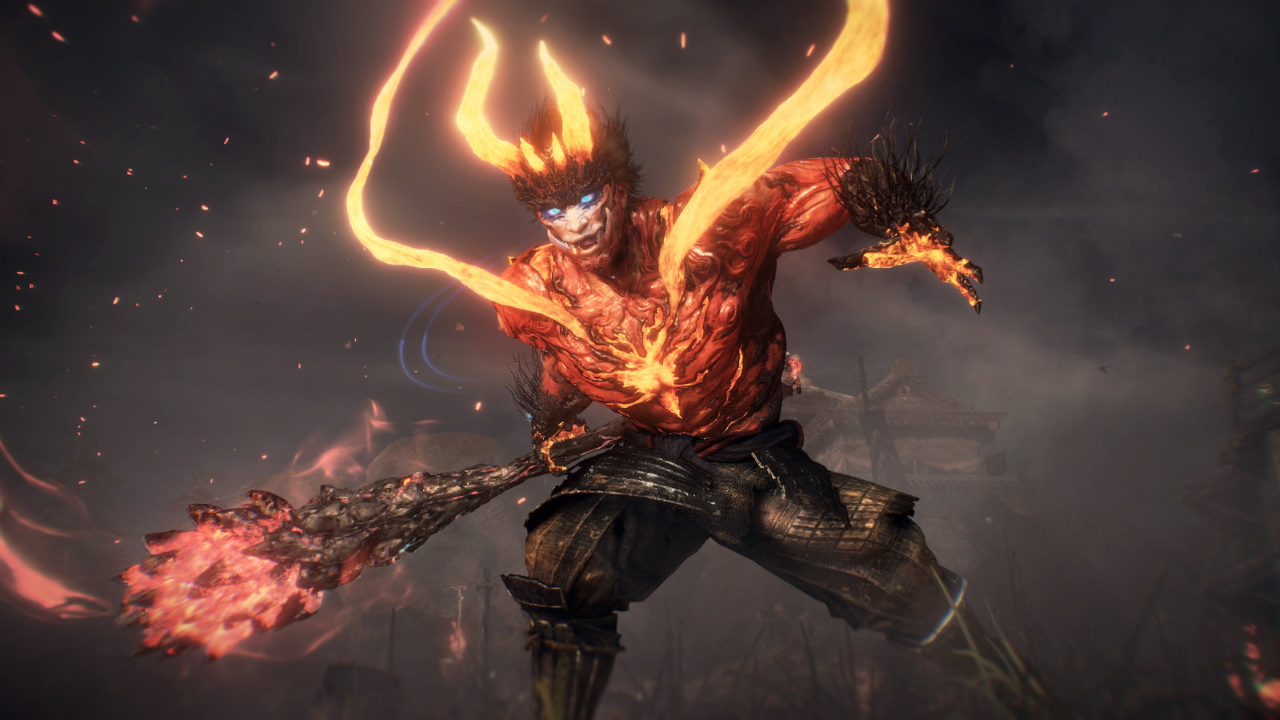
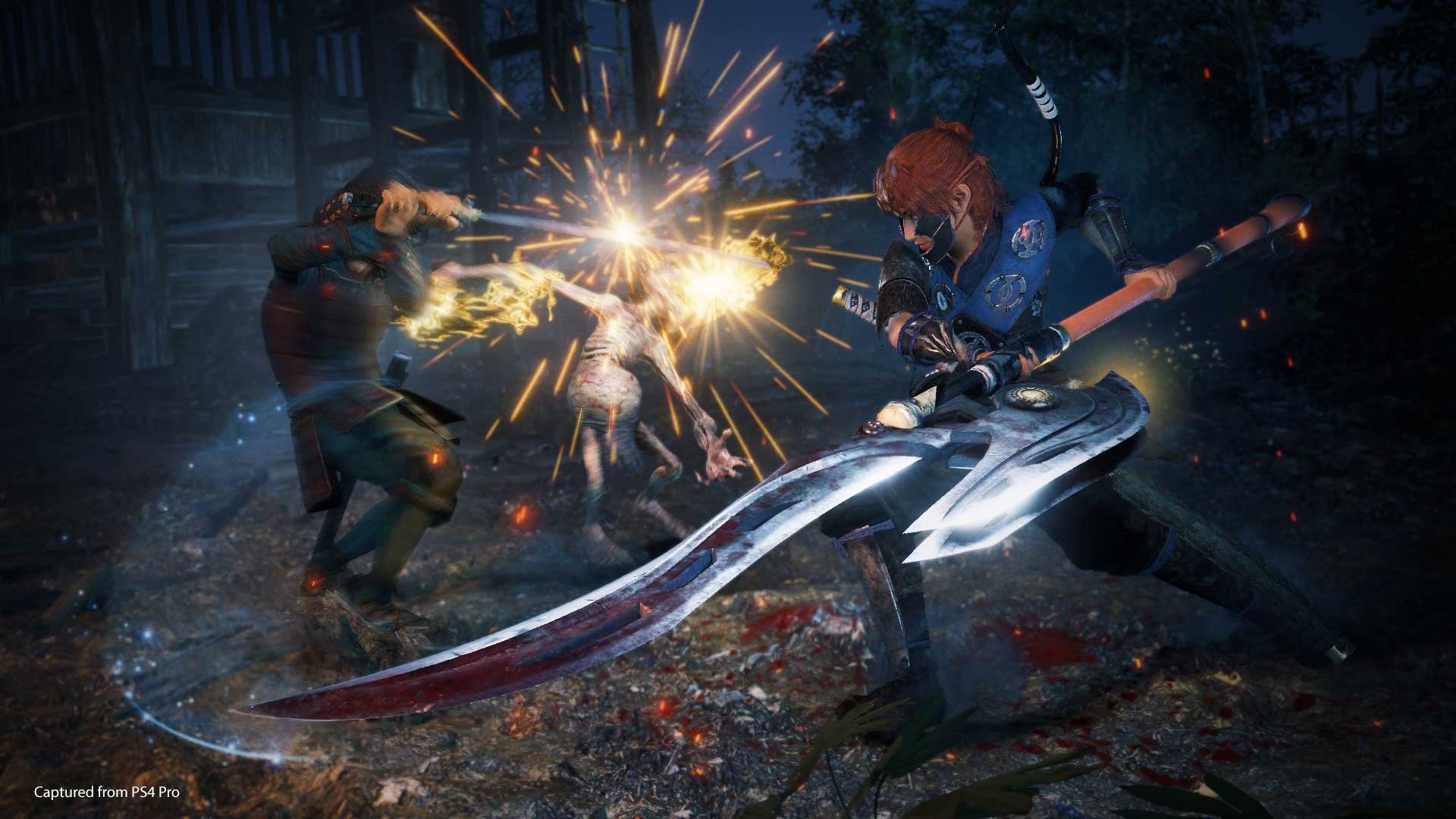
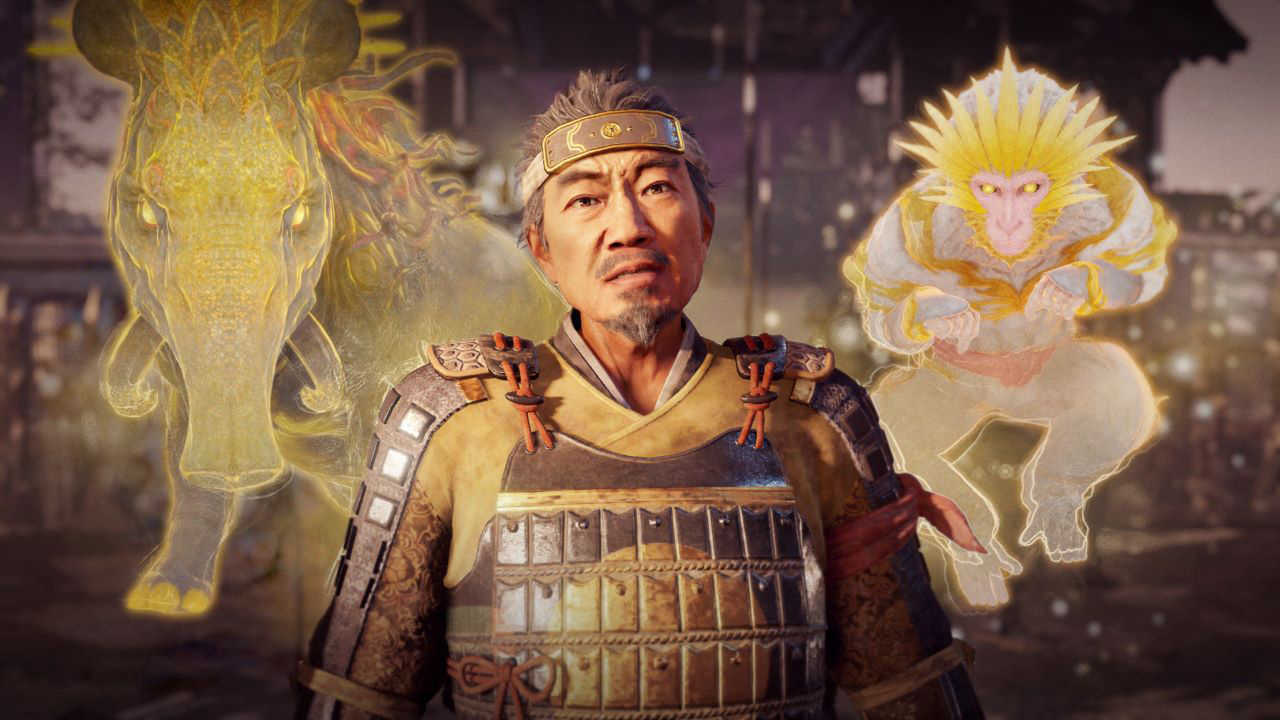
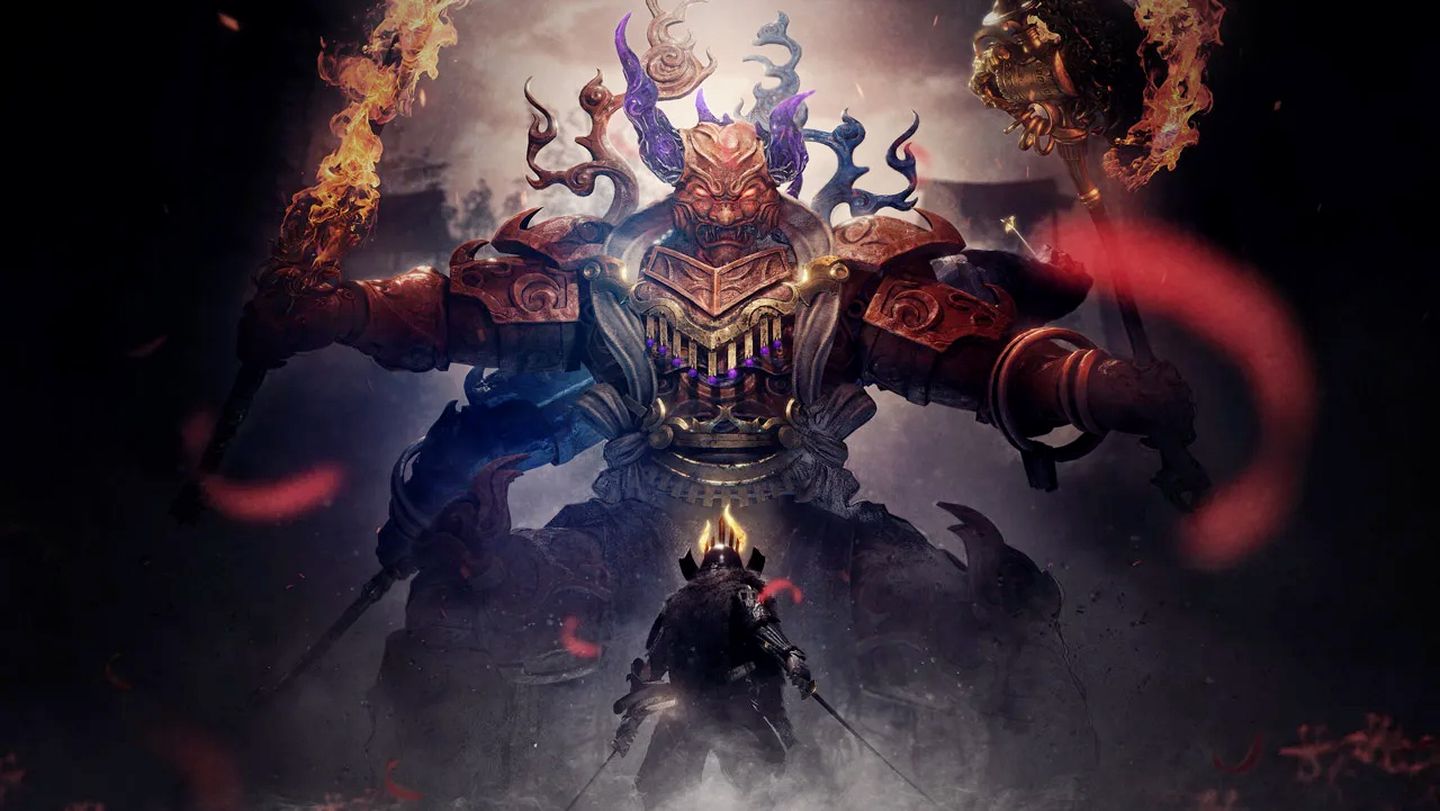





Published: Apr 12, 2020 09:08 pm